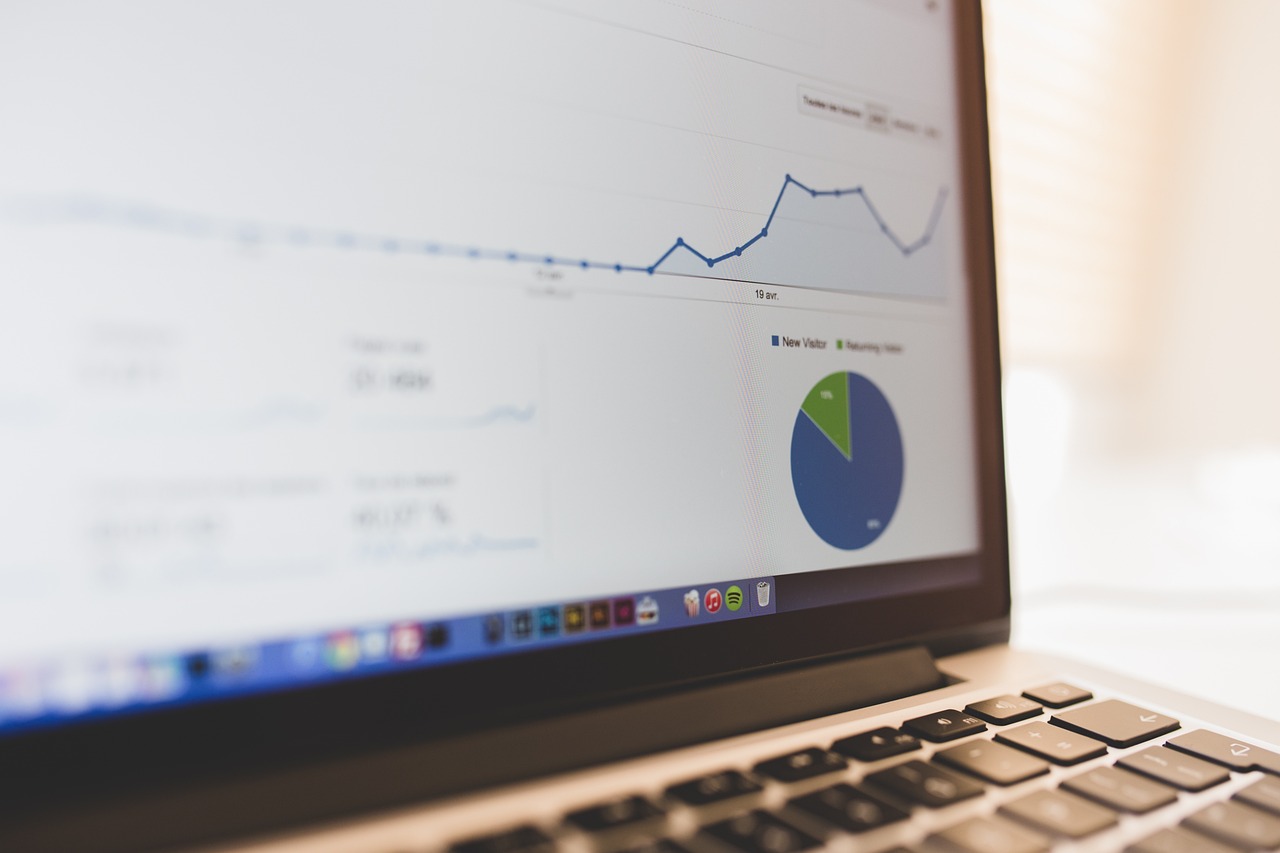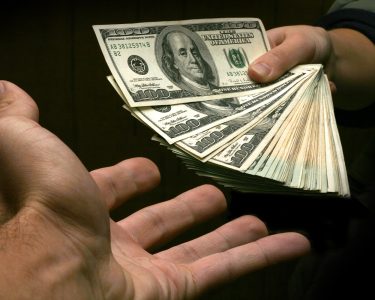As the U.S. economy continues to recover from the pandemic, the Federal Reserve faces a difficult balancing act: how can it promote economic growth while keeping inflation in check? With murmurs of an impending interest rate hike, investors and consumers alike are wondering what lies ahead for our monetary policy. In this post, we’ll explore the Fed’s dilemma and its impact on your wallet. So grab a cup of coffee and join us as we delve into this crucial topic!
The current state of the economy
The current state of the economy is strong. The job market is healthy and wages are finally starting to rise. inflation is low, but the Fed is still expected to raise interest rates soon. This could put a damper on economic growth and cause some people to lose their jobs.
The Federal Reserve’s monetary policy goals
The Federal Reserve’s monetary policy goals are to promote maximum employment, stable prices, and moderate long-term interest rates in the economy. The Fed pursues these goals through various tools including setting the federal funds rate, manipulating the money supply, and conducting open market operations.
The current debate within the Fed is how to best balance these objectives as the economy continues to strengthen and inflationary pressures begin to build. One option is to raise interest rates sooner than planned in order to keep inflation in check. However, this could put a damper on economic growth and potentially lead to recessionary conditions. The other option is to wait longer to raise rates, which could allow inflation to rise above the Fed’s target level but would provide more support for continued economic expansion.
There is no easy answer and Fed officials are still debating which path to take. In the meantime, they will continue to monitor economic data closely and make adjustments to monetary policy as needed in order to achieve their dual mandate of promoting both maximum employment and price stability.
The trade-off between economic growth and inflation
As the Federal Reserve debates when to raise interest rates next, it must balance the risk of stifling economic growth and spurring inflation. If rates are raised too soon, it could hamper the economic recovery and lead to higher unemployment. But if rates are kept too low for too long, inflation could start to spiral out of control. It’s a delicate balancing act that has major implications for businesses and consumers alike.
Inflation is a key concern for the Fed because it can erode the purchasing power of consumers and businesses. When prices go up, it takes more money to buy the same goods and services. This can lead to slower economic growth as businesses cut back on investment and consumers rein in spending.
The Fed tries to keep inflation in check by raising interest rates when necessary. Higher rates make it more expensive for businesses to borrow money for expansion and make it less attractive for consumers to take out loans for big-ticket items like cars and homes. As a result, demand slows and prices stabilize.
But there’s a downside to this strategy: Higher interest rates can also slow economic growth by making it more difficult for businesses to expand and hire new workers. And if unemployment starts to rise, that puts even more downward pressure on wages and prices, further exacerbating the problem.
That’s why the Fed must carefully consider both sides of the equation when deciding whether or not to raise rates. Too much inflation can be detrimental to the economy, but so can too
The next interest rate hike
The Fed is widely expected to hike interest rates at its next meeting on December 16, 2015. The central bank has kept rates near zero since the financial crisis in an effort to spur economic growth. But with the economy now expanding and inflation starting to rise, the Fed is facing pressure to normalize rates.
The key question for policymakers is how much further can the economy grow without generating inflationary pressures? And at what point do those inflationary pressures outweigh the benefits of continued stimulus?
There is no easy answer, but one thing is certain: The Fed will have to start making some tough decisions soon.
The Fed’s dilemma
The Federal Reserve is in a difficult position when it comes to setting interest rates. On the one hand, the Fed wants to encourage economic growth and on the other hand, the Fed needs to contain inflation. The next interest rate hike could have serious implications for both of these goals.
If the Fed raises rates too quickly, it could stall economic growth. This would be particularly damaging given that the recovery from the Great Recession has been relatively weak. Higher interest rates would also make it more difficult for borrowers, including consumers and businesses, to take out loans.
At the same time, inflation has been creeping up and is now close to the Fed’s target of 2%. If inflationary pressures continue to build, the Fed may need to raise rates more quickly than planned in order to keep inflation in check. This could further weigh on economic growth.
The Fed’s dilemma is a difficult one and there is no easy solution. The best course of action will likely be a careful balancing act between promoting economic growth and containing inflationary pressures.
Conclusion
The Fed’s dilemma of balancing economic growth and inflation when deciding on the next interest rate hike is a complex one. They must consider both short-term and long-term impacts to ensure that their decisions are beneficial for the economy as a whole. Ultimately, they will have to make an informed decision based on sound judgement in order to ensure that the US economy remains stable and healthy in both the near future and beyond.



